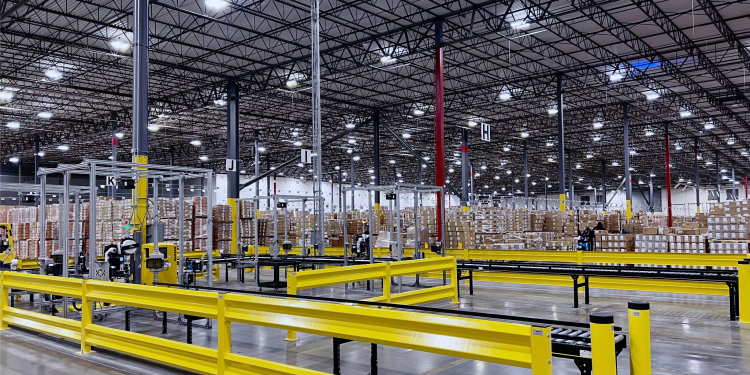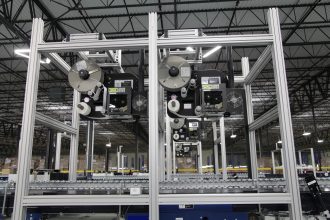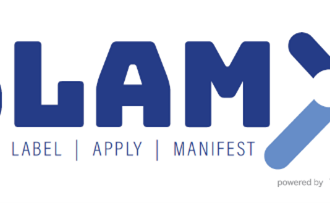Starting a SLAM Journey

The final 100 feet of your warehousing operations is an often-overlooked area of opportunity. But when you focus on your scanning, labeling, application, and manifesting (SLAM) of outbound customer shipments, you can find plenty of space for improvement, saving time and money, and keeping customers satisfied. Figuring out how to begin this journey, however, takes some careful consideration and planning.
Your first step on a SLAM automation journey is to document all your processes involved in this area of operations. Understand what systems—if any—you already have in place and determine whether they will stay or go. Work with your SLAM equipment provider and IT department to figure out what your current capabilities are and where you can improve upon that. This will provide you with a base point of understanding.
Next up is determining your goal with your SLAM operations. Don’t blindly add equipment without having an end game. Test your plans with data inputs so that you can establish informed goals. This will set you up to measure your gains once your new systems are in place.
Your third step should involve searching for potential SLAM equipment partners. Educate yourself on the industry, which companies provide what equipment, and determine whether you need an integrator partner. Take some time to learn the industry lingo, technologies, and equipment. This will help your interactions with potential vendors, allowing you to enter potential relationships fully informed. Before you do initiate contact with vendors, reach out to trade organizations like the MHI to identify credible partners. You can also attend trade shows to learn more and meet potential partners.
You’ll next want to build a request for proposal to send out to vendors. Make sure you have several options in each area of SLAM that you are considering automating. If you work with an integrator, they can be helpful in identifying who should receive your RFP and then in helping to consider the proposals that come your way. Ultimately, having a turnkey solution is your ideal set up.
When selecting your SLAM partners, think of the relationship as a journey rather than simply a transactional process. You want partners who will be around for the long haul, not simply to sell you equipment and move on. You’ll likely reach back out to them in the future with equipment questions, upgrades, or to seek advice as your processes and customers change.
Remember that as you move forward, not everything will fall into place perfectly. There will be challenges to the technology from time to time, different pieces of equipment might not play well together, or you’ll need to make big overhauls to your processes. This is where selecting partners you can trust will go a long way. You’ll be turning to your partner multiple times in the future, so build a good working relationship meant to last.
The MHI SLAM Industry Group is conducting a survey to better understand the challenges and opportunities facing the ecommerce fulfillment operations. As a practitioner in this field, your insight and experiences are of utmost importance to us. We would be grateful if you could spare a few minutes to share your thoughts and opinions through this survey. Your participation will contribute to shaping the future of the industry.
To learn more about MHI’s SLAM industry group: www.mhi.org/slam
More information about Scanning, Labeling, Applying, Manifesting:
Prevent Chargebacks Via SLAM Equipment
Why SLAM Should Include Dimensioning Equipment
Handling Every Type Of Packaging
Best Practices For The Last 100 Feet Of Fulfillment
Why A Vertical Reciprocating Conveyor Can Play A Critical Role …
Podcast: Transitioning From Manual To Automated SLAM (The Last 100 feet)



